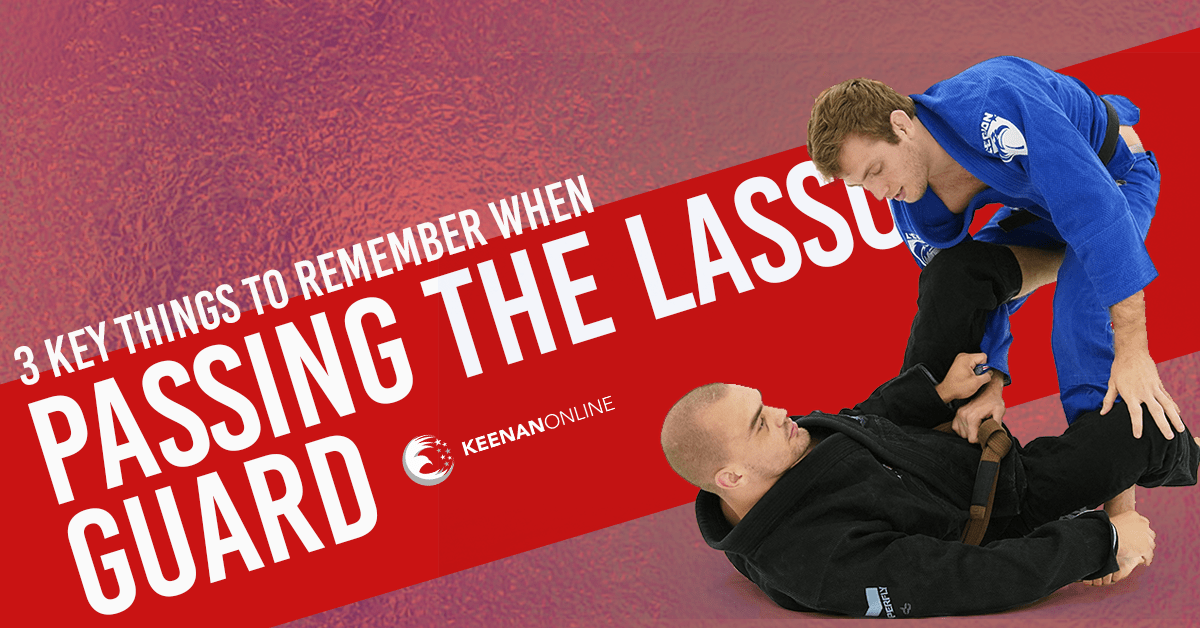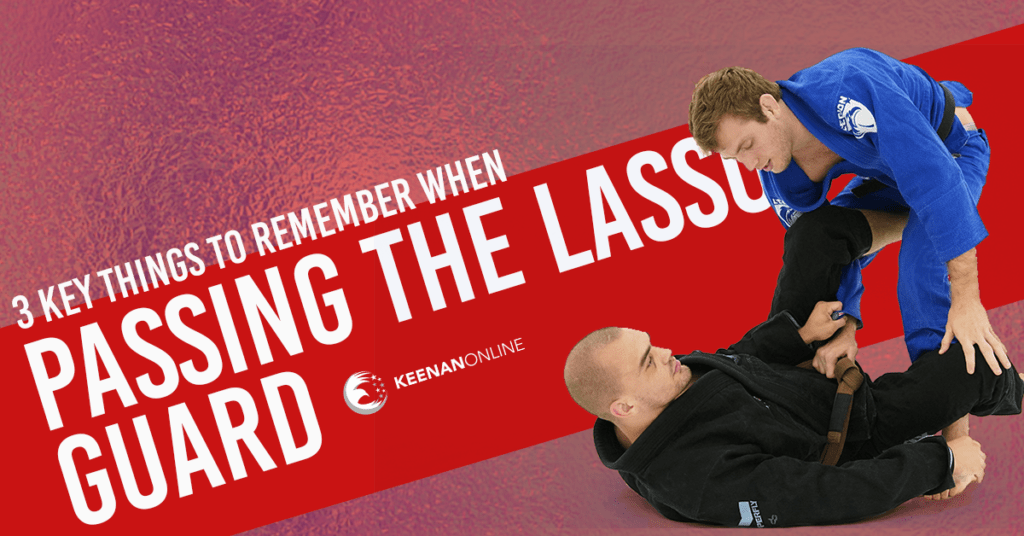
There are two well-known yet hard pills to swallow when it comes to passing the lasso guard…
- It’s super frustrating; and
- Any false step can lead you into quicksand if your opponent is good at it
In this article, you’re going to learn 3 key things you need to remember when passing the lasso guard to help you…
- Avoid the risk of being swept;
- Avoid having your back taken; and
- Nail that pass.
And if there’s anything we know about numbers, it’s that three is bigger than two, so there’s no way you can fail here, because, well…
… maths.
3 Things You Must Remember When Passing The Lasso Guard
Key Point #1: Don’t Stand Too Close With Your Same Side Lasso Leg
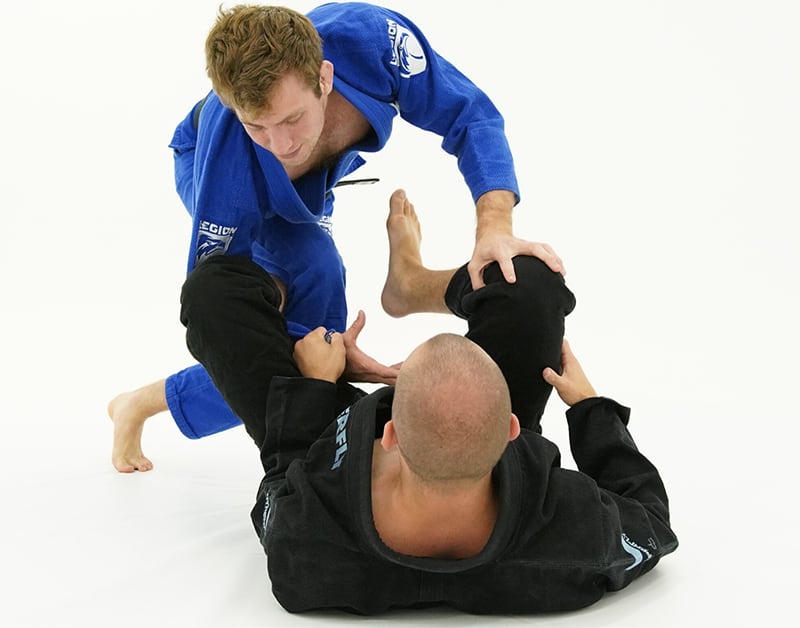
Stepping in with the leg on the same side of the arm caught in the lasso will severely compromise your base and ability to balance.
Let’s simplify this with an example…
Check out this chair.

Like most chairs, this one has four legs providing its base for support.
Now, let’s say we bring two legs from the same side together so their endpoints meet.
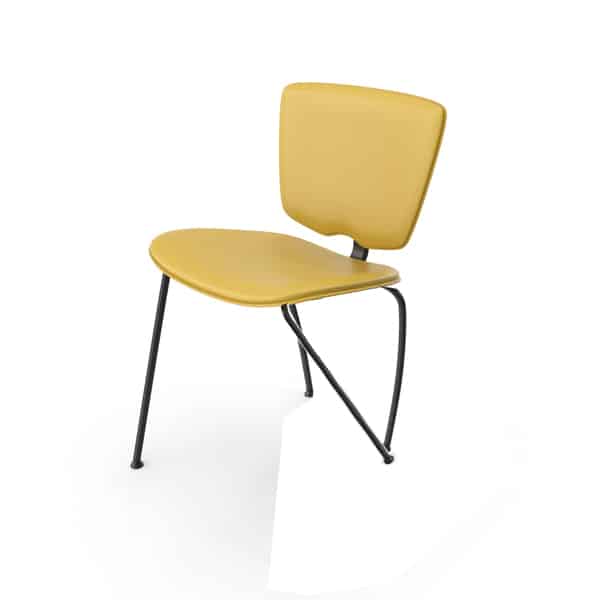
Now, instead of having four points for support, we now have reduced that essentially to three points.
These three points, while still sturdy enough to hold the chair upright, now mean the chair is vulnerable to tilting when force is applied in the directions where the legs had once previously contacted the ground.
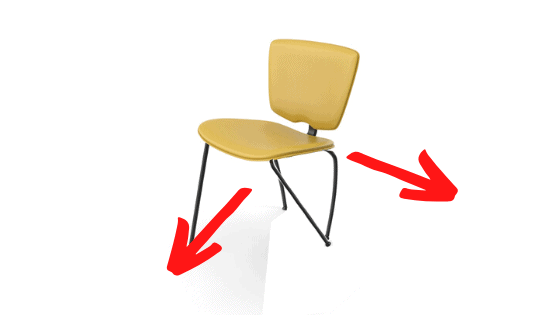
This is similar to what happens when you bring your leg too close to your lassoed arm.
And as we are bipedal (we stand on two legs not four) bringing an arm, specifically an elbow, so close to a knee requires some degree of bending over to achieve.
And bending over like this also means more weight is often placed on the leg closest to the lasso.
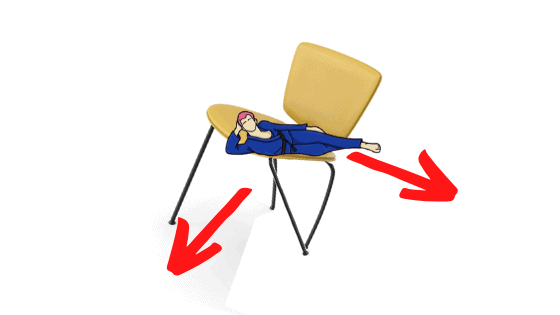
And placing more of your weight on this leg means there will be less weight on your other leg: compromising your standing base and rendering you much more vulnerable to being tilted and swept.
Key Point #2: Don’t Let Your Opponent Secure A Collar Grip
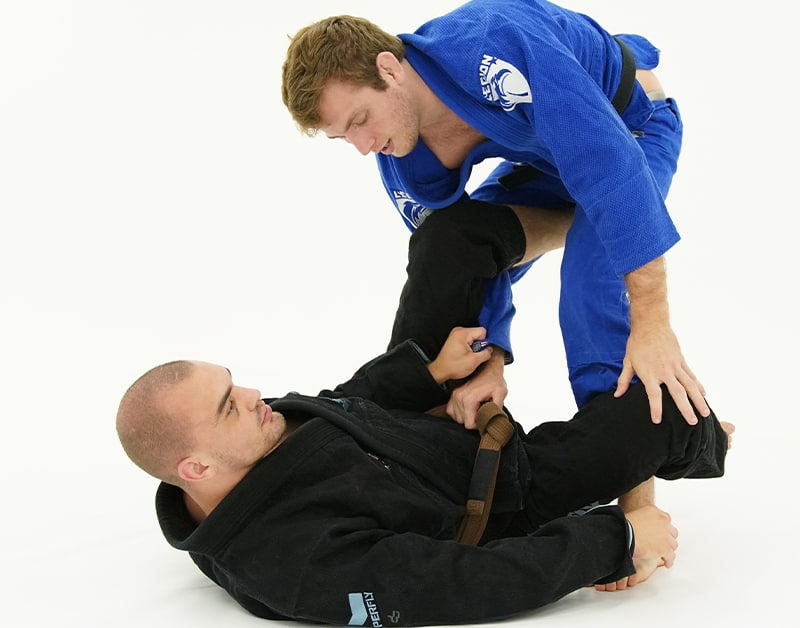
Look, I know you’re looking at the image above and thinking…
“Hey, where’s the grip on the collar?”
And you know what, I thought the same thing too.
I did ask the photo team to hook me up with a photo of a grip on the collar from the lasso guard.
I even sent an example image of what I needed to explain this point, but here we are…
… collar gripless.
Luckily, I’m a master at Photoshop and have seamlessly rectified this issue.
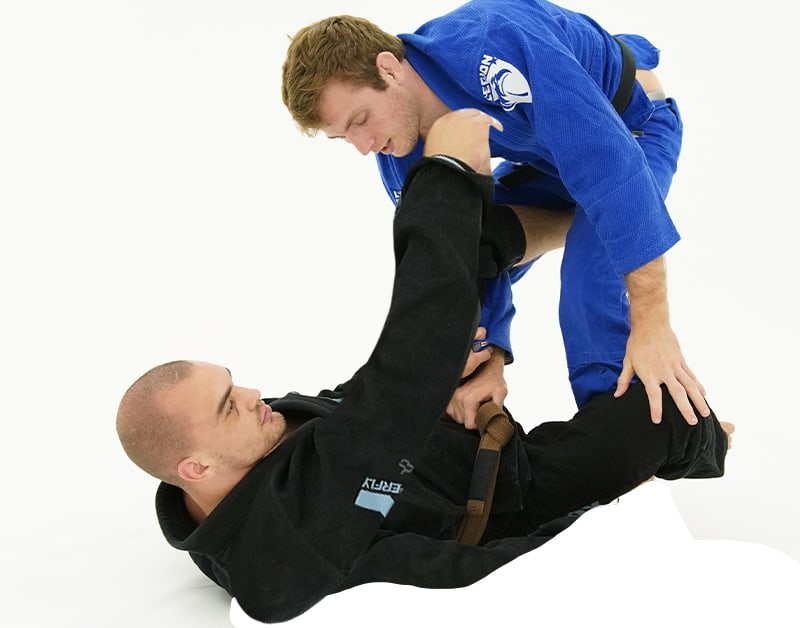
Perfect!

Now, where were we?
Ah yes…
Much like our last tip, if your opponent can get a strong grip on your collar, they can force you to place more weight on the same side leg as the lasso and you will eventually need to step in closer to maintain some kind of balance.
Also, letting your opponent get a grip high on your collar makes it nearly impossible to break, as, with one arm in the lasso, you cannot grip it with both hands as you would ideally like for the break.
Key Point #3: Never Let Your Opponent Get Underneath You When Passing The Lasso Guard
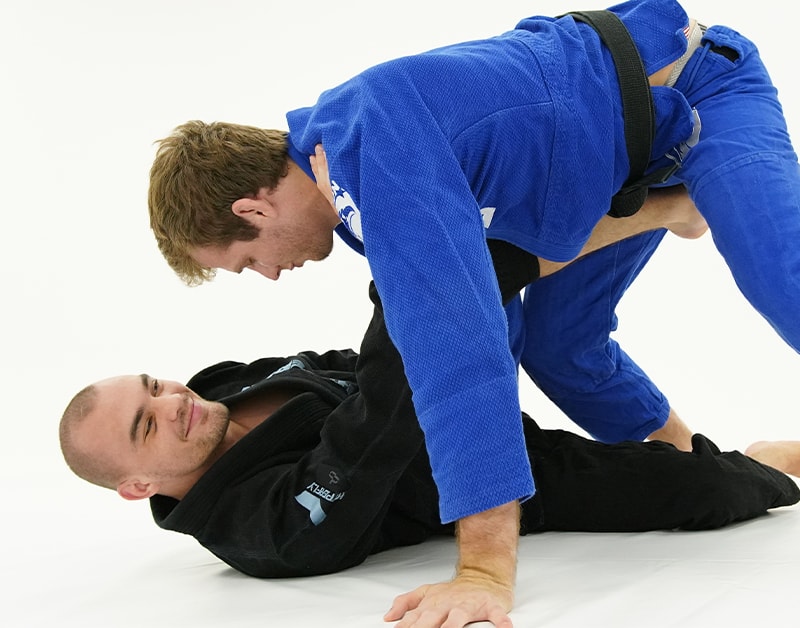
Highway to the Danger Zone, de na, de na!! Guitar solo!
This song is perfect for explaining what happens if you let your opponent scoot underneath you with the lasso…
… don’t know the song? Ask your parents.
But seriously, you’re basically screwed here, because, you know…

That’s right, your base is screwed, your weight is now committed over the axis of your center of gravity, which also means you’re screwed.
This point is the be-all and end-all for the lasso guard because practically all sweeps require this last element in order to work.
And your opponent knows it. See…

So, now you know the 3 key things to avoid when caught in the lasso guard…
… how do you actually pass the lasso guard?
Well, Keenan’s going to answer that little problem for you in the video below.
That’s right, not only will Keenan walk you through the points I’ve already made above, he’s going to also guide you step by step through his process for dismantling and destroying any would-be lasso guard.
FYI – the tips Keenan has for you on how to free your arm from the lasso, the easy way, are game-changing.

